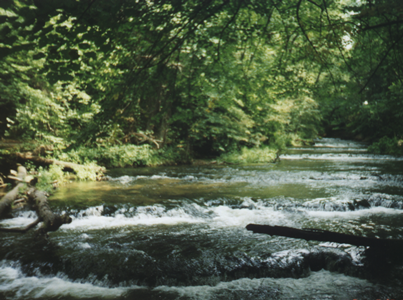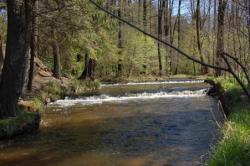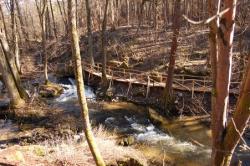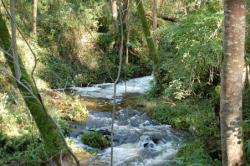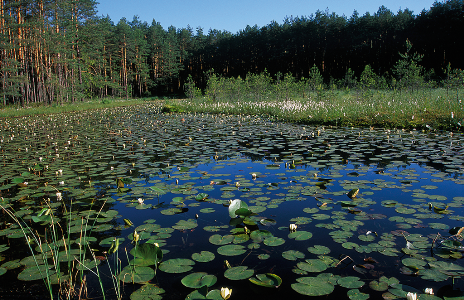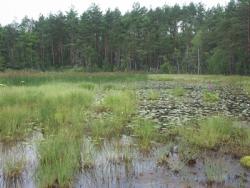 Asset Publisher
Asset Publisher
Sale conditions
Sale conditions of wood are specified by the regulation of Director – General of the Sate Forests.
Within the framework of the individual sale , the foresters try to meet the fast growing demand, because more and more people use wood in order to heat their houses. Contrary to general opinion, these are not only village people, even though they prevail among recipients. The growth of firewood demand is the result of occurrence of new housing estates built in the suburbs of large agglomerations, where houses are usually equipped in fireplace heating installations.
Firewood is not only the most ecological heat source, but also is much more attractive in respect of relation of price and electric efficiency, rather than cola, oil, gas or electric power.
In recent years, the Sate Forests increased the sale of firewood of one third – up to over 4 million cubic meters annually. Firewood is not only the most ecological heat source, but also is much more attractive in respect of relation of price and electric efficiency, rather than cola, oil, gas or electric power. Some of customers choose already prepared and cut into pieces wood, the others very willingly obtain it by themselves after arranging all details and fulfilling particular safety conditions, and after paying the fee; that concerns mainly so called "thinnings". Such a raw material is very cheap, that is why many people from village areas profit from such possibility.
 Asset Publisher
Asset Publisher
 Asset Publisher
Asset Publisher
Rezerwaty przyrody
Rezerwaty przyrody
Rezerwaty to wydzielone obszary o szczególnych wartościach przyrodniczych, zachowane w stanie naturalnym lub mało zmienionym. Ogranicza się tam gospodarkę leśną.
Rezerwaty to wydzielone obszary o szczególnych wartościach przyrodniczych, zachowane w stanie naturalnym lub mało zmienionym. Ogranicza się tam gospodarkę leśną.
Rezerwat „Nad Tanwią"
Rok utworzenia: 1958
Powierzchnia: 47,49 ha
Leśnictwo: Zagóra, Borowiec
Rezerwat utworzony w celu ochrony w stanie naturalnym malowniczego krajobrazu dolin rzek Tanwi i Jelenia z licznymi kaskadami „szumami", gatunkami chronionych roślin i zwierząt.
Rezerwat „Czartowe Pole"
Rok utworzenia: 1958
Powierzchnia: 80,07 ha
Leśnictwo: Karczmisko
Rezerwat utworzony w celu ochrony w stanie naturalnym malowniczego przełomu przez strefę krawędziową Roztocza doliny Sopotu, z licznymi kaskadami oraz z ruinami papierni z połowy XVIII wieku.
Rezerwat „Nowiny"
Rok utworzenia: 1990
Powierzchnia: 3,83 ha
Leśnictwo: Kalina
Rezerwat torfowiskowy utworzony w celu zachowania bogatej roślinności wodnej i torfowiskowej śródleśnych bagienek oraz ochrony występujących tam chronionych roślin torfowiskowych.









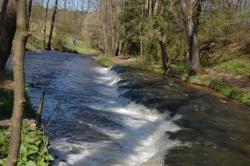 Rezerwat "Nad Tanwią"
Rezerwat "Nad Tanwią"
